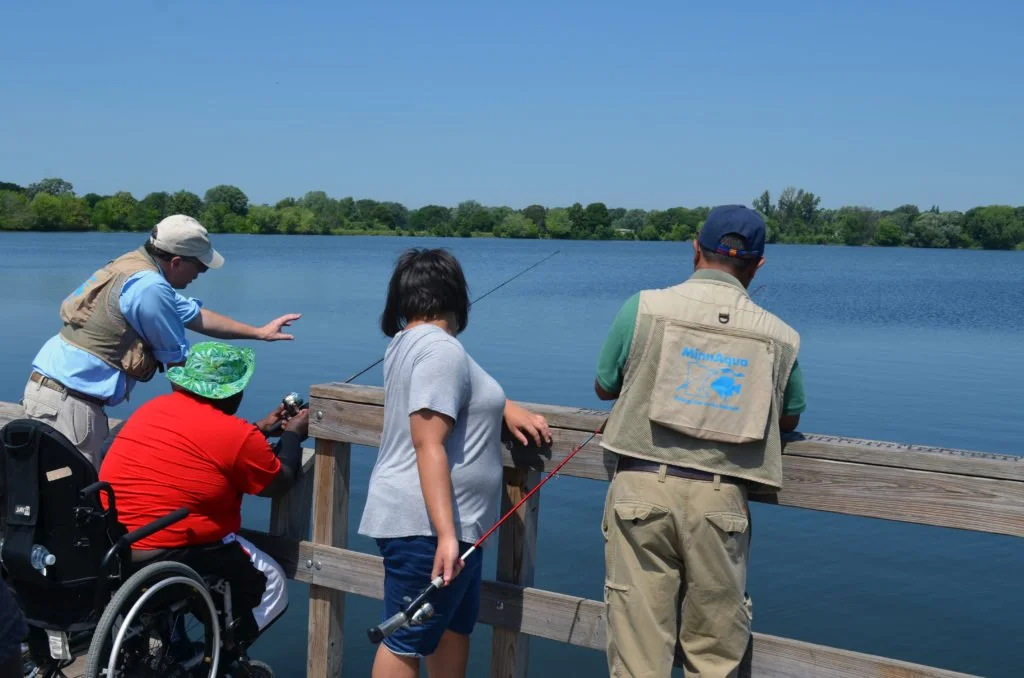Lake Erie site taken off list of pollution hotspots
After a decade of cleanup work, Presque Isle Bay on Lake Erie became just the second site in the U.S. to be removed from a list of Great Lakes toxic hotspots.
Description
Presque Isle Bay is a 3,655-acre embayment on Pennsylvania’s portion of Lake Erie. The 22.6 square mile watershed of the bay drains an urban area that includes parts of five municipalities and Presque Isle State Park in Erie. Pa. Polluted wastewater discharges that occurred prior to 1980 contaminated the bay with excessive nutrients, organic compounds and heavy metals. In the 1980s, anglers discovered tumors on fish caught in the bay, particularly on native brown bullhead catfish. Government officials believed contaminated sediments in the bay caused the tumors. The contaminated sediment and fish tumors prompted government agencies in 1991 to declare Presque Isle Bay one of 43 Great Lakes Areas of Concern. That declaration prompted a variety of activities aimed at cleaning up the bay. The Erie Sewer Authority spent $95 million to upgrade its wastewater treatment system and reduced sewer overflows into the bay and industries moved away from the city’s waterfront. A decline in the incidence of fish tumors prompted the federal government in February 2013 to remove Presque Isle Bay from the list of Great Lakes Areas of Concern. The Oswego River in New York is the only other site on the U.S. side of the Great Lakes to be removed from the government’s list of toxic hotspots.
Resource Challenges Addressed
Contaminated sediments
Fish tumors
Polluted runoff
Sewer overflows
Location
Erie, Pa.
Approximate Cost
$98,600,000 with $1,200,000 from the Great Lakes Restoration Initiative
Key Partners
Great Lakes Restoration Initiative, City of Erie, Erie Sewer Authority, Pennsylvania Department of Environmental Protection, Pennsylvania Sea Grant, Erie County Conservation District, the U.S. Environmental Protection Agency and numerous other partners
Types of Jobs Created
Small machinery operators, landscape designers, biologists, pipe fitters and layers, engineers
PRESQUE ISLE BAY CLEANUP
People fishing, like the ones pictured here, are returning to Presque Isle Bay after restoration. Credit: Mara Koenig U.S. Fish and Wildlife Service.
Results and Accomplishments
Bottom sediment in the bay is cleaner and fewer fish have tumors. Restoration work in streams that drain into the bay, and the replacement of paved areas with permeable surfaces that trap polluted runoff, improved fish habitat and reduced the amount of sediment washing into the bay by 334 tons annually.

